Beyond Limit(ation)s exhibition, Cologne

At first blush, it's difficult to discern just what Hussein Chalayan, Florian Borkenhagen and Zaha Hadid have in common, never mind that they share enough aesthetic DNA to be put together in an exhibition.
But as Gabrielle Ammann gallery makes clear in its new show "Beyond Limit(ations)s", what the fashion designer, artist and architect share -- beyond their membership of a diaspora -- is a sense of movement, impermanence and exile.
That and an innate ability to challenge preconceived notions of what, say, a dress should look like (here, we're reminded forcibly of Chalayan's graduate show in which he buried his clothes in his back yard, dug them up and then sent them down the runway); how a pair of chairs can, in Borkenhagen's prodigious imagination, morph into a mobile confessional; or, in Hadid's case, why a building should even have walls in the first place.
Beyond Limit(ation)s is neither an ambitious production -- there are only about six pieces on show including video -- nor current; Hadid's sole entry, the amorphous 'Snowdrift' sculpture, was created in 2006. But as an unexpected perspective on the interconnection between fashion, art, design and architecture -- where the central theme is a thoughtful, philosophical and often beautiful deconstruction of the familiar -- this is a show worth making time in the diary for.
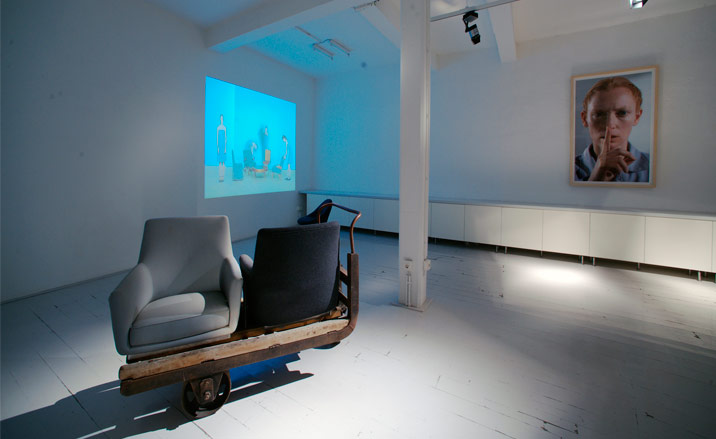
Florian Borkenhagen deals with the idea of a vagabonding existence. While Hussein Chalayan picks out his own experience of exile as a central theme, Borkenhagen creates objects implicating the notions of mobility and spirituality.
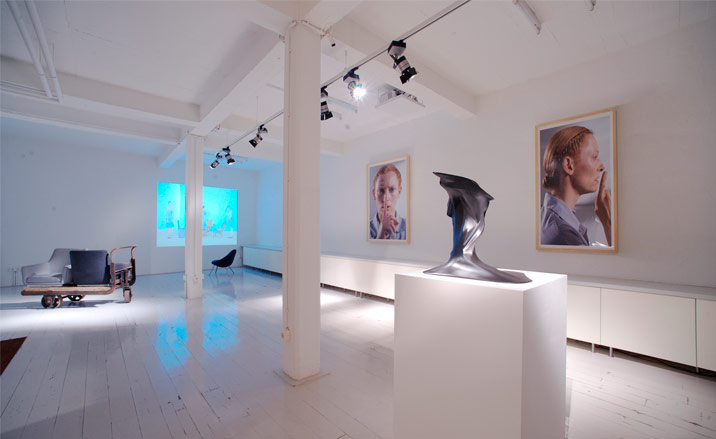
Through the exhibited works, Chalayan stages the voluntary or forced journeys of the individual in a poetical way. The artist's work brings a transitory place into being, where limits merge together.

Chalayan's sophisticated yet unpretentious dynamic is evocative of Zaha Hadid's architectural creations. Chalayan's video Aeroplane Dress shows a technological dress made out of metal and plastic for travelling, communicating aesthetically and thematically with the white Corian sculptures by Hadid.
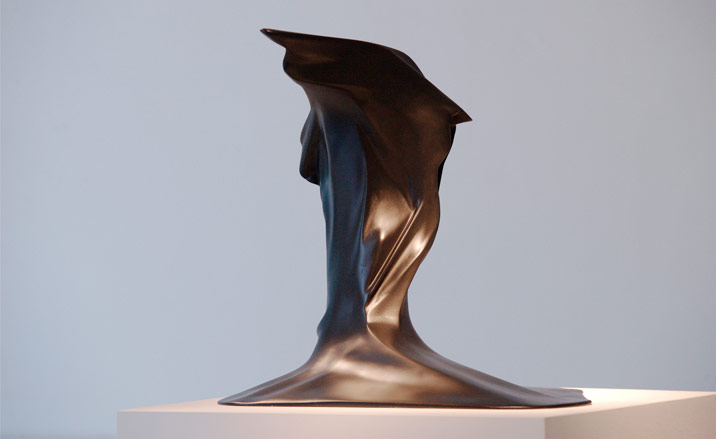
The Absent Presence, Statue II
Hussein Chalayan
2005material: composite polyester resin
W 53 x H 65 x D 36 cm

Aeroplane Dress
Hussein Chalayan
2001single screen installation
black & white with sound
duration: 2'18''
a film written and directed by Hussein Chalayan

Afterwords
Hussein Chalayan
2000single screen installation
color with sound
duration: 1'33"
a film written and directed by Hussein Chalayan
edition: 5 + 2 AP
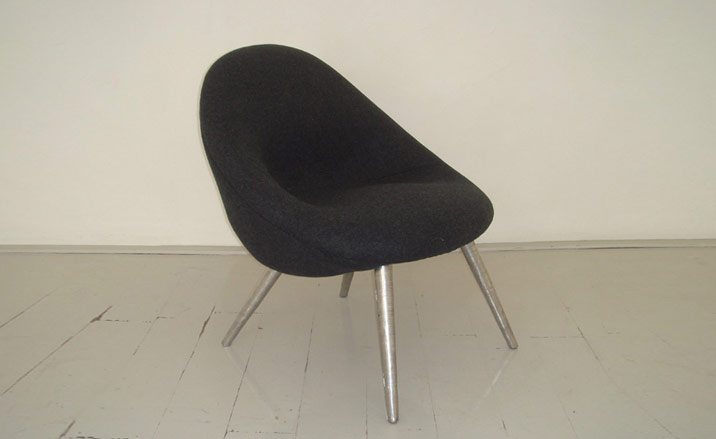
Seufzer
Florian Borkenhagen
2010
material: wood, Kavallerietuch,metal
W 60 x H 70 x D 65 cm

Snow Drift
Zaha Hadid
2006
material: LG HI-MACS (Mineralwerkstoff)
edition: 24 + 6 A.P.
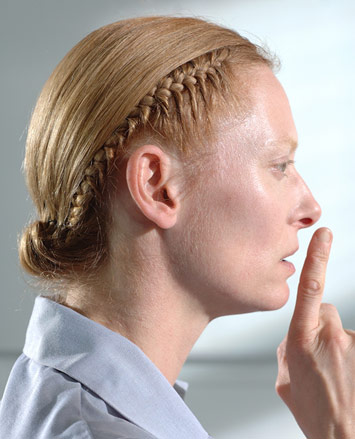
The Absent Presence, Portrait II
Hussein Chalayan
2005
material: C-Print
W 100 x H 150 cm
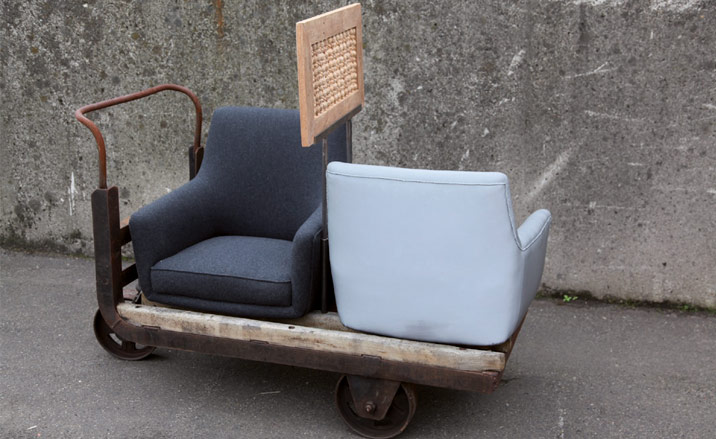
SCV II
Florian Borkenhagen
2009material: steel, Kavallerietuch, rubber
W 140 x H 89 x D 65 cm
ADDRESS
Gabrielle Ammann gallery
Teutoburger Str.27
d-50678 Cologne
Receive our daily digest of inspiration, escapism and design stories from around the world direct to your inbox.
Daven Wu is the Singapore Editor at Wallpaper*. A former corporate lawyer, he has been covering Singapore and the neighbouring South-East Asian region since 1999, writing extensively about architecture, design, and travel for both the magazine and website. He is also the City Editor for the Phaidon Wallpaper* City Guide to Singapore.
-
 Kohler unveils ‘Pearlized,’ an iridescent new finish with an under-the-sea backstory
Kohler unveils ‘Pearlized,’ an iridescent new finish with an under-the-sea backstoryArtist David Franklin was inspired by glimmering fish scales and sunsets for this mesmerising debut
-
 The Met reveals its 2026 Costume Institute show along with another major milestone
The Met reveals its 2026 Costume Institute show along with another major milestoneThe First Monday in May just became a much bigger deal...
-
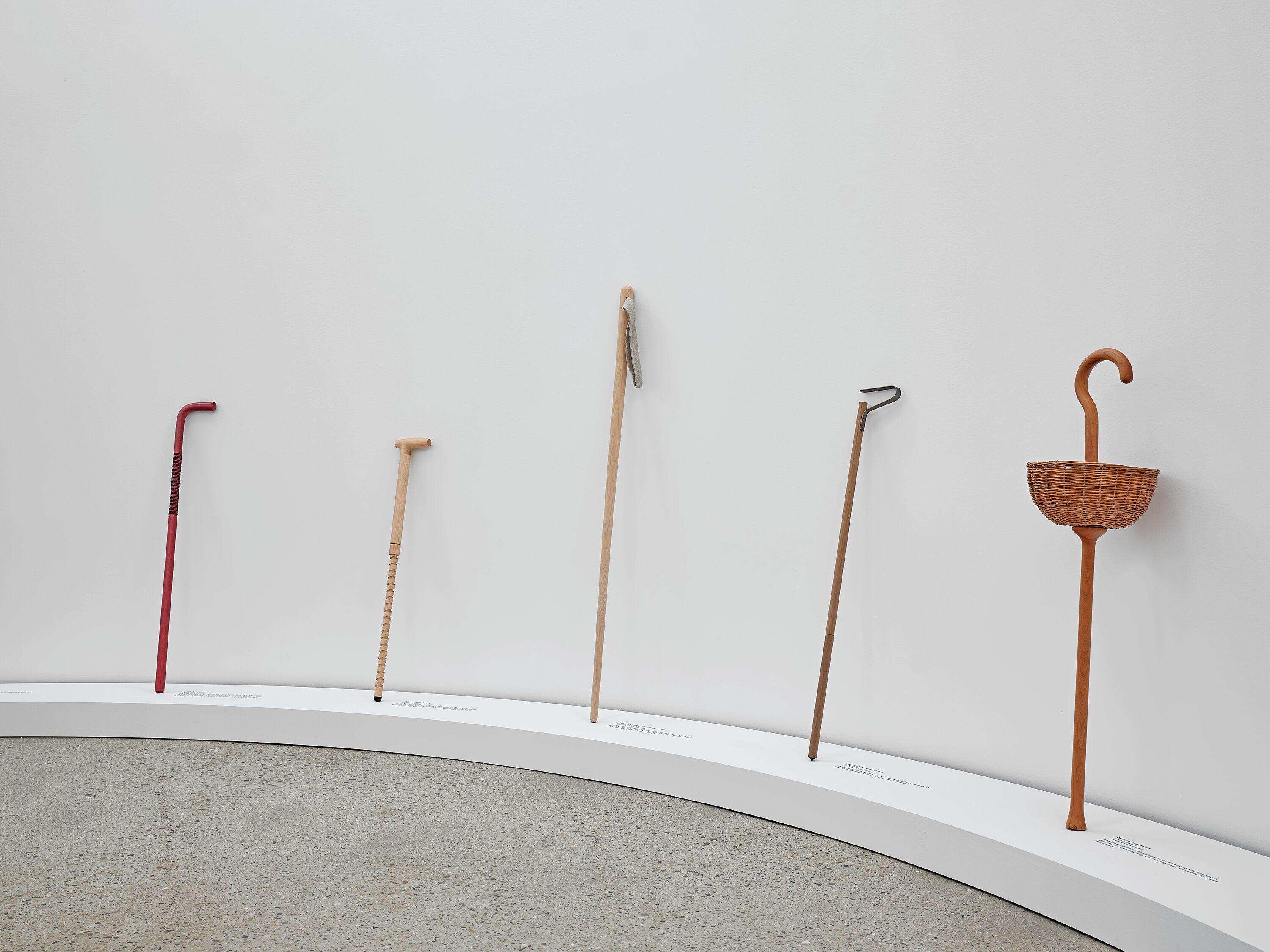 MillerKnoll's renovated flagship in New York opens doors to design experiences
MillerKnoll's renovated flagship in New York opens doors to design experiencesThe new MillerKnoll New York gallery space makes its debut with Keiji Takeuchi’s ‘Walking Sticks & Canes’ exhibition, supported by Triennale Milano